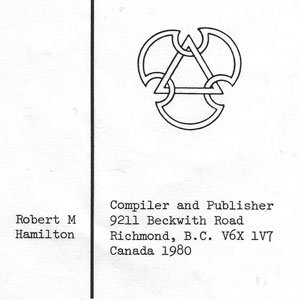Newly Posted Articles

RAINWATER: Its Ph

RESUPINATION: Flower Position

CORK BITS: As Potting Medium

COPPER ARSENATE, CHROMATED: Problems

COPPER WATER PIPES: In Greenhouse

ROOT TIPS: Adventitious Plants

CORKS, WINE: Recycled, as Potting Mix

TRACE ELEMENTS: Usual Ones
